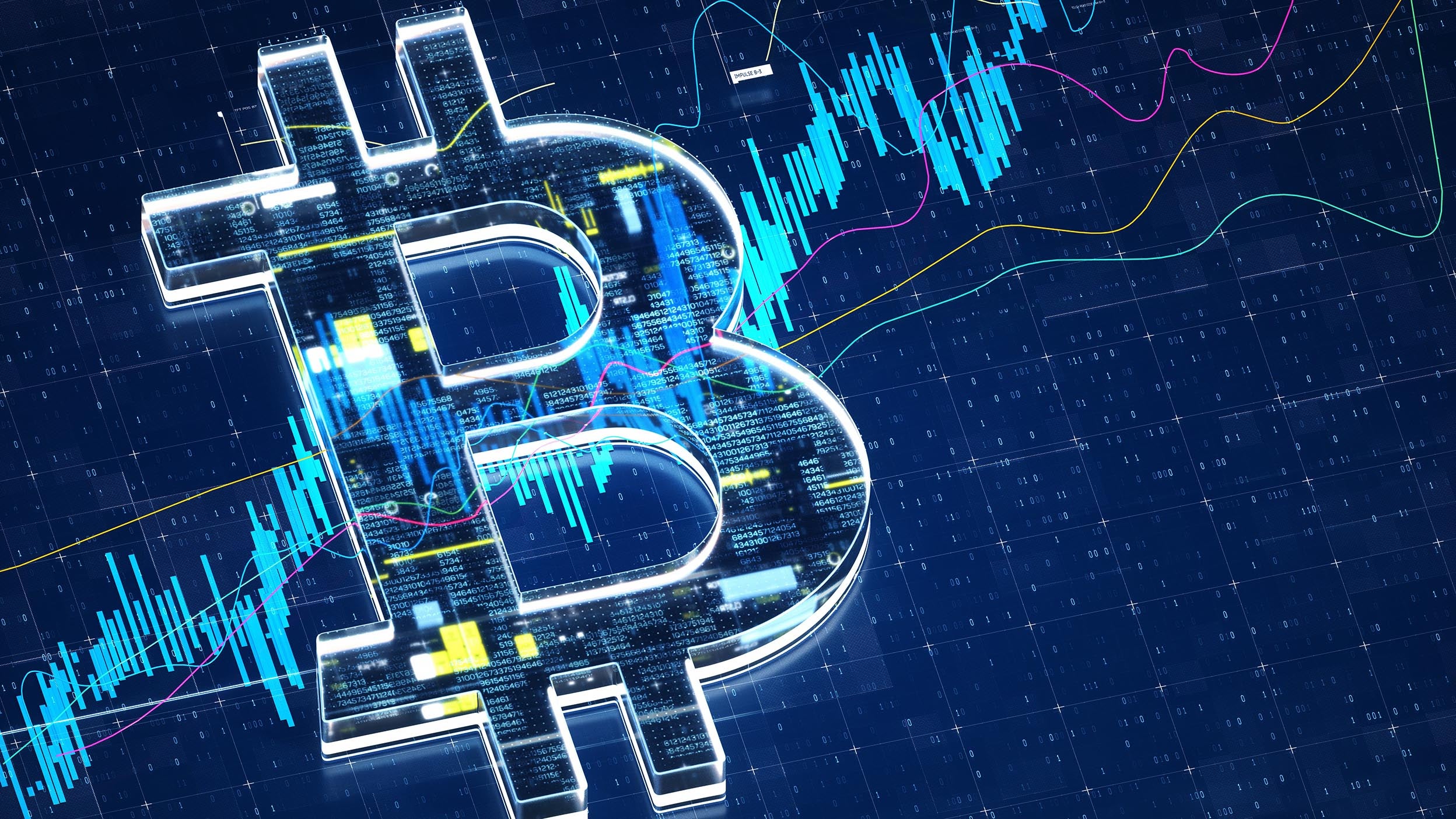
ETF QQQM: Innovation for the long term
The Invesco NASDAQ 100 ETF’s (QQQM) exposure to innovative companies, attractive value, and tax efficiency may appeal to equity investors looking for long-term growth.
Explore our latest insights on investment opportunities and potential ways to use ETFs in a portfolio.

The Invesco NASDAQ 100 ETF’s (QQQM) exposure to innovative companies, attractive value, and tax efficiency may appeal to equity investors looking for long-term growth.

Ethereum is a blockchain that acts like a global computer through which anyone can deploy or interact with software such as financial services and games.

Investing in tax-efficient ETFs can reduce capital gains taxes and help you keep more of what you earn.

No one wants an investment to lose money. When it happens, tax-loss harvesting can help lower your tax bill in three easy steps.

ETFs can be tax efficient because they rely on an in-kind creation and redemption process that helps limit capital gains distributions and investor taxes.

As blockchain, cryptocurrency, and other digital assets grow into a major industry, we examine this burgeoning asset class for investors.

Exchange-traded funds (ETFs) are popular but there are some common misconceptions about them. Get the facts about ETFs.

Hedged equity strategies seek to mitigate market risk while participating in gains by combining long equity positions with hedging instruments such as options.

Collateralized loan obligations (CLOs) may offer a unique and compelling investment proposition, providing exposure to a dynamic, and often resilient, leveraged loan market. Here's why.
Important information
NA4089678
There are risks involved with investing in ETFs, including possible loss of money. Index-based ETFs are not actively managed. Actively managed ETFs do not necessarily seek to replicate the performance of a specified index. Both index-based and actively managed ETFs are subject to risks similar to stocks, including those related to short selling and margin maintenance. Ordinary brokerage commissions apply. The Fund's return may not match the return of the Index. The Fund is subject to certain other risks. Please see the current prospectus for more information regarding the risk associated with an investment in the Fund.
This link takes you to a site not affiliated with Invesco. The site is for informational purposes only. Invesco does not guarantee nor take any responsibility for any of the content.